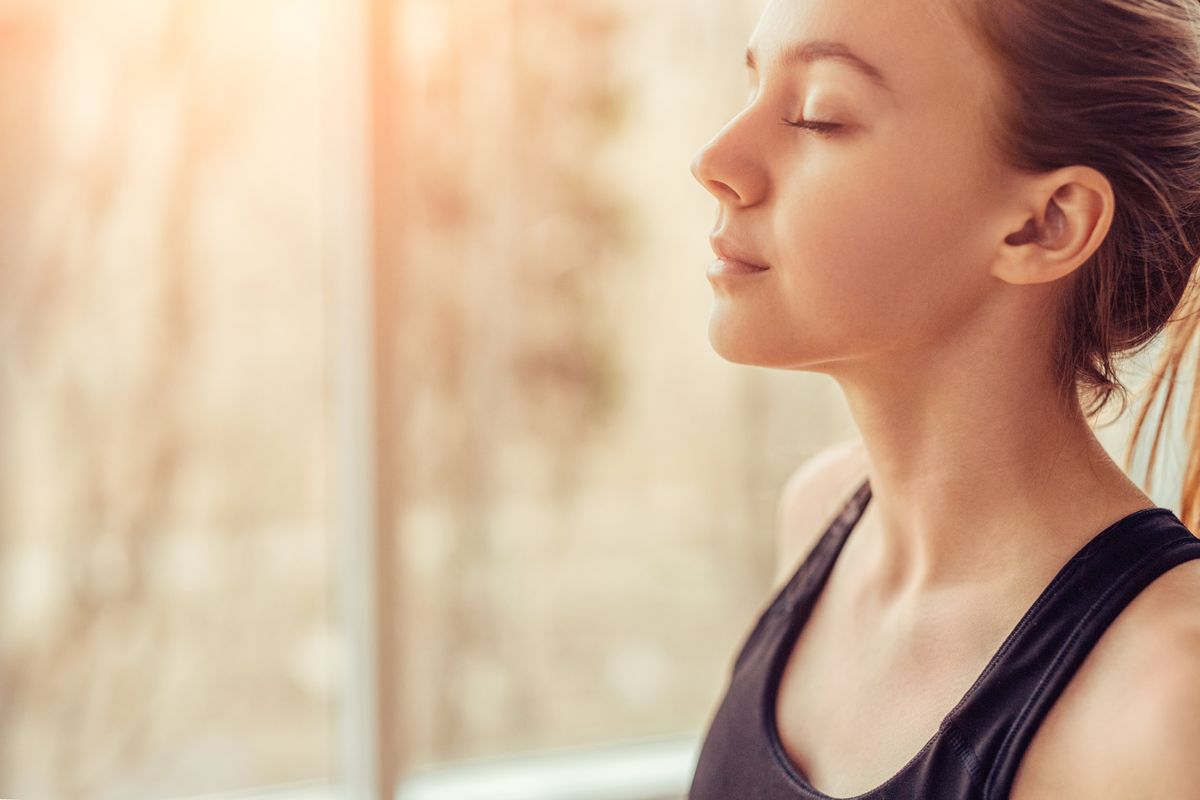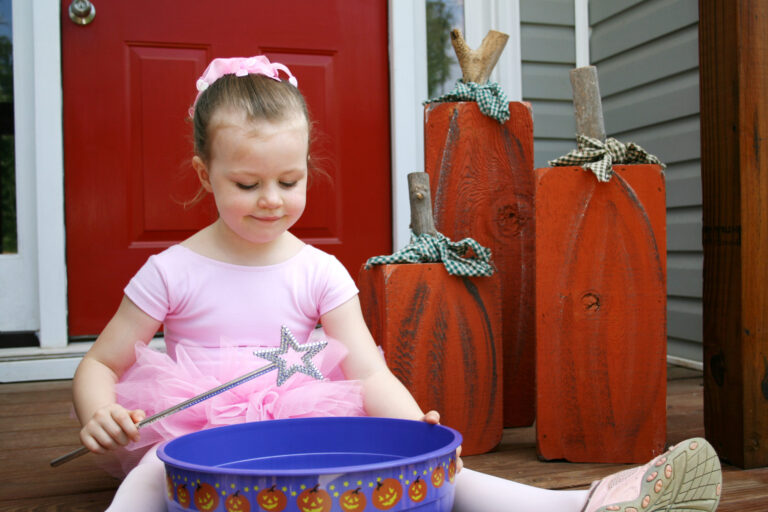
Dance is an art form that requires the whole self. You’ve likely witnessed a talented, hardworking student inexplicably hit a block or fail to perform their best when the stakes are high. No matter how hard they work physically, getting to the next level will be an inefficient struggle until the mind becomes a more active and effective partner.
The practice of mindfulness can help. “There is a concept called ‘participating’ or ‘flow,’ in which a person is able to throw themselves completely into an activity with awareness and control but without actively focusing their attention on themselves or analyzing the details of what they are doing,” says Catherine Drury, a psychotherapist and licensed clinical social worker who specializes in working with dancers. “That ability to enter wholly into movement without judgment or self-consciousness is what allows dancers to perform at their peak.”
Athletes have been shown to improve their concentration through the regular practice of mindfulness techniques, and Drury says it’s reasonable to assume dancers can too. ” ‘Mindfulness’ can be described as paying attention to the present moment, with acceptance (not fighting or resisting whatever it is you are feeling) and without judgment (not being critical of whatever you are feeling),” she says. “Mindfulness trains our brains like exercise trains our bodies, allowing for better physical and emotional control, particularly in stressful situations like auditions or performances.”
The Link Between Emotional Well-Being and Performance
“Dancers who are experiencing emotional difficulties are going to be more activated by stressful situations, like a demanding rehearsal or performance, and that heightened arousal causes muscle tension, fatigue, reduced flexibility and increased distractibility—all conditions that can lead to injury,” says Drury. Anxiety can also increase unhelpful worrying, irritability and restlessness, and cause changes in sleep and appetite. All of these factors can make every aspect of life and training more demanding and draining.
A first step dance teachers can take is to point out to dancers the link between their emotional well-being and their performance. We can reinforce that there are mental skills that can complement their physical training.
“Mindfulness and other stress-management skills not only reduce stress over time, but also help dancers observe and identify internal cues and emotions that tell them that they’re stressed, so they can intervene before their physical health and safety is compromised.”
The Benefits of Mindfulness
To be successful in high-pressure situations, like performances, auditions and competitions, dancers need the same kind of control over their emotions that their technique requires they have over their bodies.
“Since awareness is the first step to gaining control of any pressure situation, an athlete’s mindfulness practice has a tremendous impact on their ability to perform at full potential,” says Drury. “For dancers, I would argue that such emotional awareness and mental skill-building is even more necessary as dance requires not only a high level of physical, athletic performance, but also things like artistic expression, grace and a sense of effortlessness.”
Developing a regular mindfulness practice can help students deal with and prevent anxiety, be less reactive and critical, and discourage the racing thoughts that limit their abilities in the studio.
Getting Started
Drury begins to teach mindfulness by first helping dancers to be more “in the moment” in their everyday lives—while doing tasks like brushing teeth, walking the dog and washing dishes—before transferring those skills to the pressure-filled studio. While this is akin to assigning homework, there are ways to continue to reinforce this new awareness during class and rehearsals.
“For those students whose anxiety seems to be getting in the way of their dancing, engage them in conversations that bring them back to the present, and encourage them to notice their surrounding environment,” she says. “Teachers can even help students identify when they are feeling anxious by narrating and labeling emotional cues in the moment.” For example, you can reinforce better emotional awareness by changing a classic “Drop your shoulders” note into “You look frustrated and it seems to be causing your shoulders to lift.”
If this feels beyond your wheelhouse, you might invite a certified practitioner or licensed therapist to give a workshop on mindfulness. This is a great opportunity for dancers to talk about the emotional stressors of their training. “Teaching dancers early on to prioritize their mental health will serve them more and more as they progress to higher levels of competition and professional life,” Drury says.
Two Exercises for Beginners
1. An Object in the Room
When you’re feeling anxious or overwhelmed, focus on one object in the room or one thing that you see. Describe it to yourself in three sentences.
“You can practice this skill when you’re commuting or hanging out with friends so that it’s accessible to you in situations in which it’s more difficult to be mindful”, says Drury. “Teachers can use this exercise to start class or transition between exercises.”
2. The Five Senses
“Since we observe the world outside of ourselves using our five senses, one simple way of practicing mindfulness is to tap into these senses at any given moment throughout the day as a means of bringing yourself back to the present.” Drury suggests asking yourself these questions to calm worries and interrupt negative self-talk:
What do I hear? What do I see? What do I taste? What do I smell? What do I feel?
“Remember, anxiety wants you to focus on your racing thoughts, your pounding heart, your past mistakes, your fears for the future—but focusing on your five senses brings you back to your tangible, factual reality, allowing you to concentrate on the tasks in front of you and control how you respond to them,” she says.



